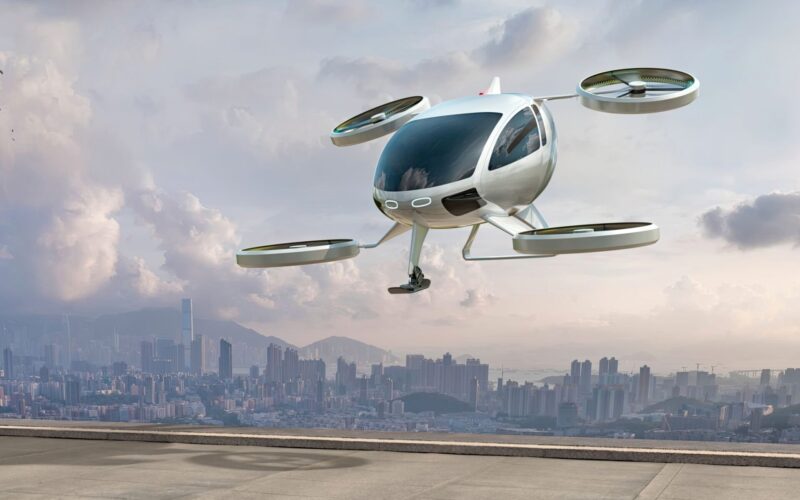The Federal Aviation Administration (FAA) has officially published a comprehensive proposal for training and certifying pilots of electric vertical takeoff and landing (eVTOL) aircraft.
“These proposed rules of the sky will safely usher in this new era of aviation and provide the certainty the industry needs to develop,” said Acting Associate Administrator for Aviation Safety David Boulter in a statement published on the FAA website.
The FAA’s 529-page blueprint for eVTOL encompasses various significant elements:
- Training and Certification Structure: The proposed rule introduces a clear pathway for pilots to earn powered-lift ratings specific to each type of aircraft they fly. Moreover, it permits pilots employed by powered-lift aircraft manufacturers to function as the preliminary group of flight instructors, subsequently undergoing training at flight schools, training centers and air carriers.
- Operational Rules: The proposal anticipates that powered-lift aircraft would follow the same set of operating rules as traditional aircraft used in private and commercial flights and air tours. It addresses operational rules allowing for powered-lift operations in Parts 91, 135, and 136 Commercial Air Tours and National Parks Air Tour Management.
- Alternate Eligibility Criteria: The proposed rule suggests alternate eligibility criteria to safely accelerate pilot certification. This would apply to pilots who already hold a commercial pilot certificate and are instrument-rated.
- Flight Instructor Thresholds: The proposal outlines two prerequisites for becoming a chief flight instructor: a minimum of i) three years and 1,000 flight hours of flight training experience, or ii) 1,500 flight hours.
- International Conformity: The plan is designed to conform to International Civil Aviation Organization requirements, enabling US pilots to operate in other countries.
- Simplified Vehicle Operations (SVO): The proposed rule does not embrace the concept of SVO, which is the use of automation to reduce pilot or operator training. The FAA has stated that it lacks the operational data at present to analyze whether such technology would safely enable supervised operational experience in an aircraft without dual-functioning controls.
- Acknowledgment of Industry Leaders: The proposal recognizes California-based Joby Aviation as the current industry leader.
Powered-lift aircraft present a unique set of challenges due to their complex design, handling characteristics, and varying levels of automation. The FAA emphasized that these new rules are necessary because many of the eVTOL aircraft take off and land in a similar way to a helicopter but fly en route as an airplane.
Furthermore, the proposal highlighted the urgency of this rulemaking due to the number of powered-lift aircraft currently under development.
Comments on the document, which can be freely consulted and downloaded directly from the FAA website, are due by August 12, 2023.

